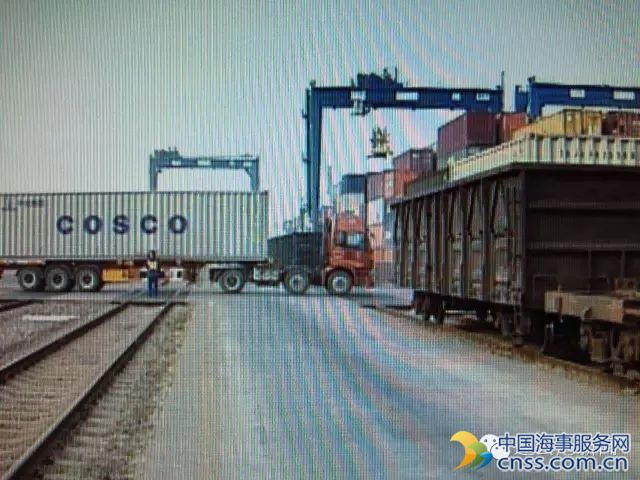The Global Forces Behind Korea’s Shipping Collapse

South Korea’s biggest container shipping line became the latest victim of a collapse in global trade over the past few years, which has battered the country’s export-heavy economy.
The country’s financial regulator said Hanjin Shipping Co. Ltd.’s assets should be sold off to smaller rival Hyundai Merchant Marine Co. Ltd. Hanjin filed for court receivership Wednesday.
The firm’s shares fell 24.2% on Tuesday to 1,240.00 won (US$1.11) before being suspended from trading after the company’s creditors pulled support from the stricken firm. Hanjin declared total debt of 3.6 trillion won at the end of June, equal to 6.4 times equity.
The collapse of the firm is just the latest evidence of an unfolding implosion of the South Korean shipping and shipbuilding sectors. STX Offshore & Shipbuilding Co., the country’s fourth-largest shipbuilder, filed for receivership in May. The firm said last week it planned to lay off about one-third of its workers and sell a shipyard in France.
South Korea’s shipping sector is at the sharp end of a collapse in global trade, and shipments of the country’s goods have slid during the past year. South Korea’s exports—dominated by sales to China—are a bellwether of global demand.
“Korean shipping companies have suffered large losses, largely because charter rates on leased vessels were fixed in 2010 at a high level while actual shipping rates have fallen,” analysts from Nomura wrote in a report. “Subdued international trade volume has also been a major reason for lower container throughput volume.”
The effects of declining trade aren’t limited to South Korea. Data from the CPB Netherlands Bureau for Economic Policy Analysis (which is part of the Dutch Ministry of Economic Affairs) show a marked decline in global trade volumes since peaking in 2011. Volumes have recovered globally this year, but that improvement hasn’t been mirrored in South Korea.
South Korea’s government announced a supplementary budget on Tuesday, planning for a 3.7% rise in total spending for 2017. The Bank of Korea took interest rates to a record low of 1.25% in June this year.
Troubles in the Korean shipping sector should pose few problems for the banking sector or the wider economy, said Suktae Oh, Korea economist at Société Générale. The shipbuilding sector is another story, however, and the sector also happens to be a major employer in areas that support the ruling party, he added.
South Korea’s incumbent Saenuri party lost its parliamentary majority this year, and dockyard strikes could push the issue onto the agenda ahead of presidential elections at the end of 2017.
But the wider Korean economy is in decent shape, Mr. Oh said. “If you exclude the shipbuilding sector, everything else looks pretty OK,” he said. “Everyone’s saying Korea’s economy is in crisis, but the economic data is not bad.”
Despite a slowdown in exports, a “miniboom” in construction and household lending has been the biggest driver of economic growth in the past two years, allowing domestic consumption to offset a slowing export sector. What’s less clear is whether that spending will be sustainable in the years ahead, and whether a “mini-bust” will follow, Mr. Oh added.
Source: Wall Street Journal
HEADLINES
- Do shipping markets want Biden or Trump for the win?
- All 18 crew safe after fire on Japanese-owned tanker off Singapore
- Singapore launching $44m co-investment initiative for maritime tech start-ups
- Cosco debuts Global Shipping Industry Chain Cooperation Initiative
- US warns of more shipping sanctions
- China continues seaport consolidation as Dalian offer goes unconditional